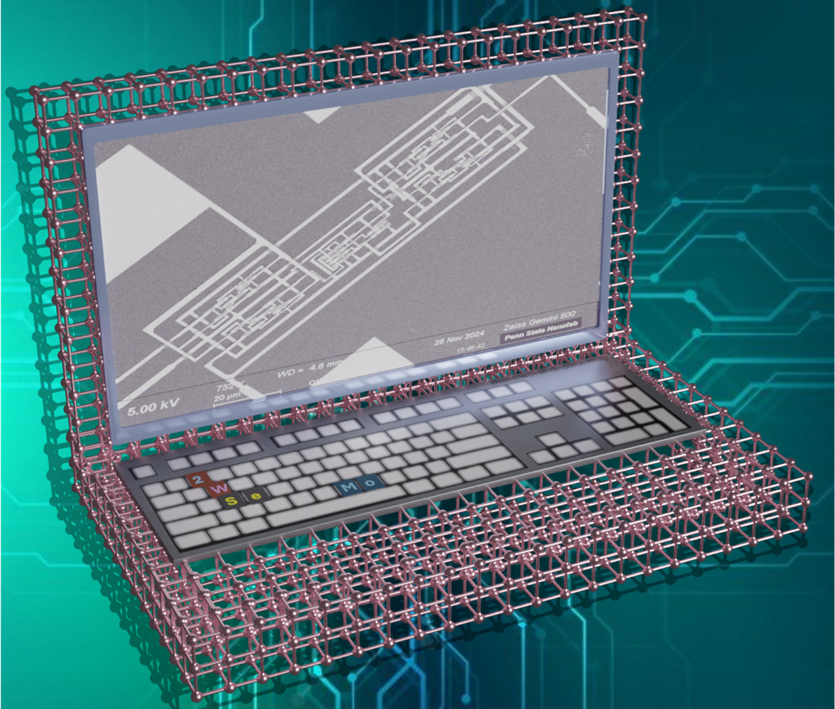
Researchers from the Pennsylvania State University in the United States have created the world’s first computer made of two-dimensional materials without the use of silicon.
The developers decided to replace silicon with molybdenum disulfide for n-type transistors and tungsten diselenide for p-type transistors. These materials are thicker than silicon and retain their properties when the technology is scaled up.
«Silicon has contributed to outstanding advances in electronics for decades by enabling the continuous shrinkage of field-effect transistors. However, as the size of silicon devices decreases, their performance begins to deteriorate. Two-dimensional materials, on the other hand, retain their exceptional electronic properties at atomic thicknesses, which opens up a promising way forward,» — explains prof Saptarshi Das.
CMOS technology, which was used to a computer was created, requires that semiconductors n- and p-type work together to provide higher performance at lower energy consumption. This is one of the key challenges for engineers looking to replace silicon with alternative materials.

Two-dimensional materials have been successfully used in small circuits, but their use in complex ones is still a challenge, multifunctional computers was still more of a dream. Scientists used the method of chemical vapor deposition of organometallic compounds —the manufacturing process involved vaporizing the ingredients, initiating a chemical reaction, and depositing the products onto a substrate to grow large sheets of molybdenum disulfide and tungsten diselenide and produce more than 1,000 transistors of each type. The developers were able to adjust the threshold voltage of both types of transistors by customizing the manufacturing and subsequent processing stages of the device.
«Our 2D CMOS computer operates at low supply voltages with minimal power consumption and can perform simple logic operations at frequencies up to 25 kilohertz», — says the study’s first author, dr Subir Ghosh.
Subir Ghosh emphasized that this computer is slower than those running on silicon circuits, but it is capable of performing key logical operations, using only one type of instruction. According to him, a computational model was also created and calibrated using experimental data. This model is capable of predicting the performance of a 2D CMOS computer and comparing it with modern analogs based on silicon circuits.
«Silicon technology has been in development for about 80 years, but research into two-dimensional materials began relatively recently, only around 2010. We expect that the development of two-dimensional material computers will also be a gradual process, but it is a leap forward from the trajectory of silicon», — emphasizes Saptarshi Das.
https://itc.ua/en/news/a-computer-in-a-typewriter-case-pulls-vintage-games/
The results are published in the journal Nature
Source: Interesting Engineering

Spelling error report
The following text will be sent to our editors: